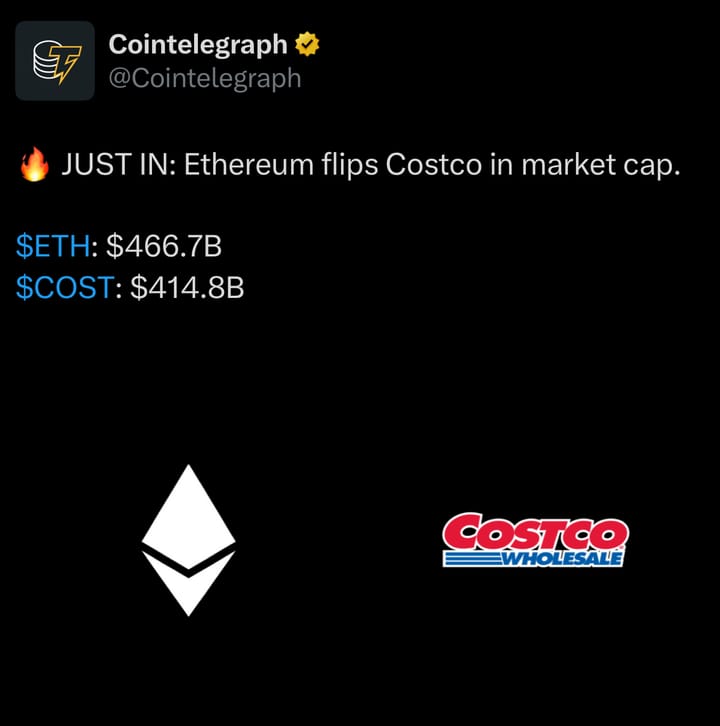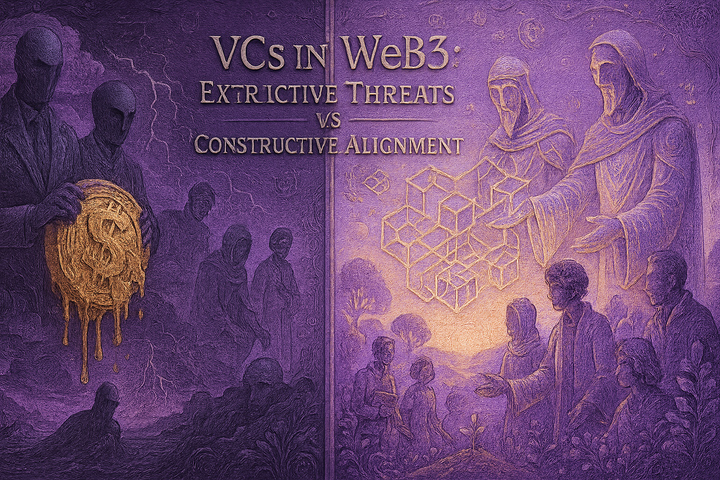Mitosis: Boosting Layer 1 Blockchains with Programmable Liquidity

The blockchain industry is experiencing unprecedented growth, with decentralized applications (dApps) and decentralized finance (DeFi) driving demand for scalable, efficient, and innovative solutions. At the heart of this evolution lies Mitosis: a groundbreaking protocol designed to transform liquidity into a programmable asset. By addressing key inefficiencies in the DeFi ecosystem, Mitosis not only optimizes liquidity but also paves the way for Layer 1 blockchains to scale and meet the demands of the modern decentralized economy.
Challenges Faced by Layer 1 Blockchains
Layer 1 blockchains serve as the foundational infrastructure for decentralized networks, providing consensus, security, and execution environments for transactions and smart contracts. However, these networks face significant challenges, including:
- Scalability Bottlenecks: High transaction volumes often overwhelm Layer 1 blockchains, leading to network congestion and increased fees.
- Capital Inefficiency: Assets locked in liquidity pools remain underutilized, limiting their potential for generating additional value.
- Liquidity Migration: Sudden shifts in liquidity disrupt network stability, leaving blockchains vulnerable to volatility and inefficiency.
- Asymmetric Access: Large institutional players often have access to better liquidity conditions than retail users, creating a disparity in DeFi participation.
Mitosis: A Transformative Solution
Mitosis offers a suite of innovative features and solutions aimed at addressing these challenges and enhancing the functionality of Layer 1 blockchains:
1. Democratized Liquidity Access
By enabling collective pooling of liquidity, Mitosis ensures that both institutional and retail participants gain equal access to favorable liquidity conditions. This levels the playing field and fosters inclusivity within DeFi ecosystems.
2. Tokenization of Liquidity
Mitosis introduces tokenized liquidity assets, such as miAssets and maAssets, which represent user positions in liquidity pools. These assets can be used in various financial strategies, unlocking new avenues for capital utilization and risk management.
3. Liquidity Capital Market
The protocol provides an infrastructure for creating financial products based on tokenized liquidity. This includes automated market makers (AMMs), credit markets, and yield tokenization, all of which empower Layer 1 blockchains with advanced DeFi capabilities.
4. Programmable Liquidity
Through programmable liquidity, Mitosis enables the creation of sophisticated strategies for risk mitigation and capital efficiency. This feature is critical for optimizing resource allocation and maintaining network stability.
Core Processes of Mitosis
The protocol’s processes are designed to integrate seamlessly with Layer 1 blockchains, providing scalable and efficient liquidity solutions:
- Deposit: Users deposit assets into Mitosis Vaults, receiving Vanilla Assets in return. These assets serve as the foundation for liquidity strategies.
- Liquidity Deployment: Vanilla Assets participate in democratically governed strategies like EOL (End of Liquidity) and targeted campaigns such as Matrix, maximizing returns while maintaining stability.
- Utilization: Tokenized positions (miAssets and maAssets) act as building blocks for complex financial tools, enhancing the functionality of Layer 1 ecosystems.
Key Features of Mitosis for Layer 1 Networks
Built on Cosmos SDK
Mitosis’ architecture leverages the Cosmos SDK, ensuring EVM compatibility and cross-chain interoperability. This integration allows Layer 1 blockchains to seamlessly interact with Mitosis, enhancing their scalability and functionality.
Advanced Liquidity Markets
By supporting AMMs, tokenized yields, and credit markets, Mitosis provides Layer 1 blockchains with a robust infrastructure for liquidity management.
Strategic Incentives with $MITO
The M.O.R.S.E. Program incentivizes market participation through the $MITO token, ensuring equilibrium between supply and demand. This initiative promotes active engagement across Layer 1 networks.
Future Developments and Synergies
The potential of Mitosis to empower Layer 1 blockchains lies in its ongoing innovation and adaptability:
- Multi-Asset Liquidity Support: Mitosis will expand to support diverse asset classes, enabling Layer 1 chains to offer comprehensive liquidity solutions.
- Cross-Chain Liquidity Management: Improved tools for managing liquidity across chains will facilitate seamless interactions between Layer 1 and Layer 2 ecosystems.
- Optimized EOL Systems: Enhanced governance mechanisms will ensure efficient and democratic management of liquidity strategies.
Additionally, Mitosis aligns with other emerging technologies, such as zkRollups, to further enhance scalability, security, and privacy in Layer 1 networks.
How Mitosis Strengthens Layer 1 Blockchains
By addressing the trilemma of decentralization, security, and scalability, Mitosis enables Layer 1 blockchains to:
- Increase Network Throughput: Tokenized liquidity reduces congestion and improves transaction speeds.
- Lower Transaction Fees: Efficient liquidity management decreases costs for users and developers.
- Enhance Resilience: Localized fault management ensures network stability even during periods of high demand.
- Attract Developers: With flexible and powerful liquidity tools, developers can create complex dApps tailored to diverse use cases.
Conclusion
Mitosis is not just a protocol; it’s a paradigm shift for the blockchain industry. By transforming liquidity into a programmable and democratized asset, it addresses critical challenges faced by Layer 1 blockchains. The protocol’s innovative features, such as tokenized liquidity, advanced financial products, and strategic incentives, position it as a cornerstone of DeFi evolution. As the industry moves towards modular architectures and cross-chain interoperability, Mitosis will play a pivotal role in shaping the future of decentralized finance, ensuring scalability, inclusivity, and sustainability for Layer 1 networks.



Comments ()